Television shows provide unique insight into different characters. Unlike movies, viewers watch their favorite characters on television shows grow and evolve with each episode. Typically, fans feel closer to the cast and crew on television shows. If a show is popular enough to get a long run, there can be around 100 episodes of entertainment. The baby boomer generation was one of the first age groups to get the full television experience. Technology had advanced enough for shows to gain traction.
While there weren’t as many options as there are in 2024 to watch, the 50s to the 70s was an important time to lay down the standard for what television would become. “M*A*S*H” is consistently regarded as one of the greatest television shows in history. It follows doctors saving lives during the Korean War. At that point, the only people who knew what war was like were the people who had been in action. The show doesn’t exactly depict war, but it does give some insight into what goes on.
Another show that baby boomers love is “The Carol Burnett Show.” The program was considered a variety show full of sketches. Fans didn’t know what to expect each week when the show aired, but they knew they were going to be entertained the entire time. Its 11 seasons with more than 200 episodes proved how popular it was among the baby boomer crowd in the 60s and 70s. For more baby boomer content, click here to read about the 10 must-see movies for baby boomers.
To compile this list of the most popular all-time TV shows among baby boomers, 24/7 Tempo reviewed polling data by YouGov, an international market and data analytics website. Ranking is current as of April 18, 2024.
1. “The Carol Burnett Show”
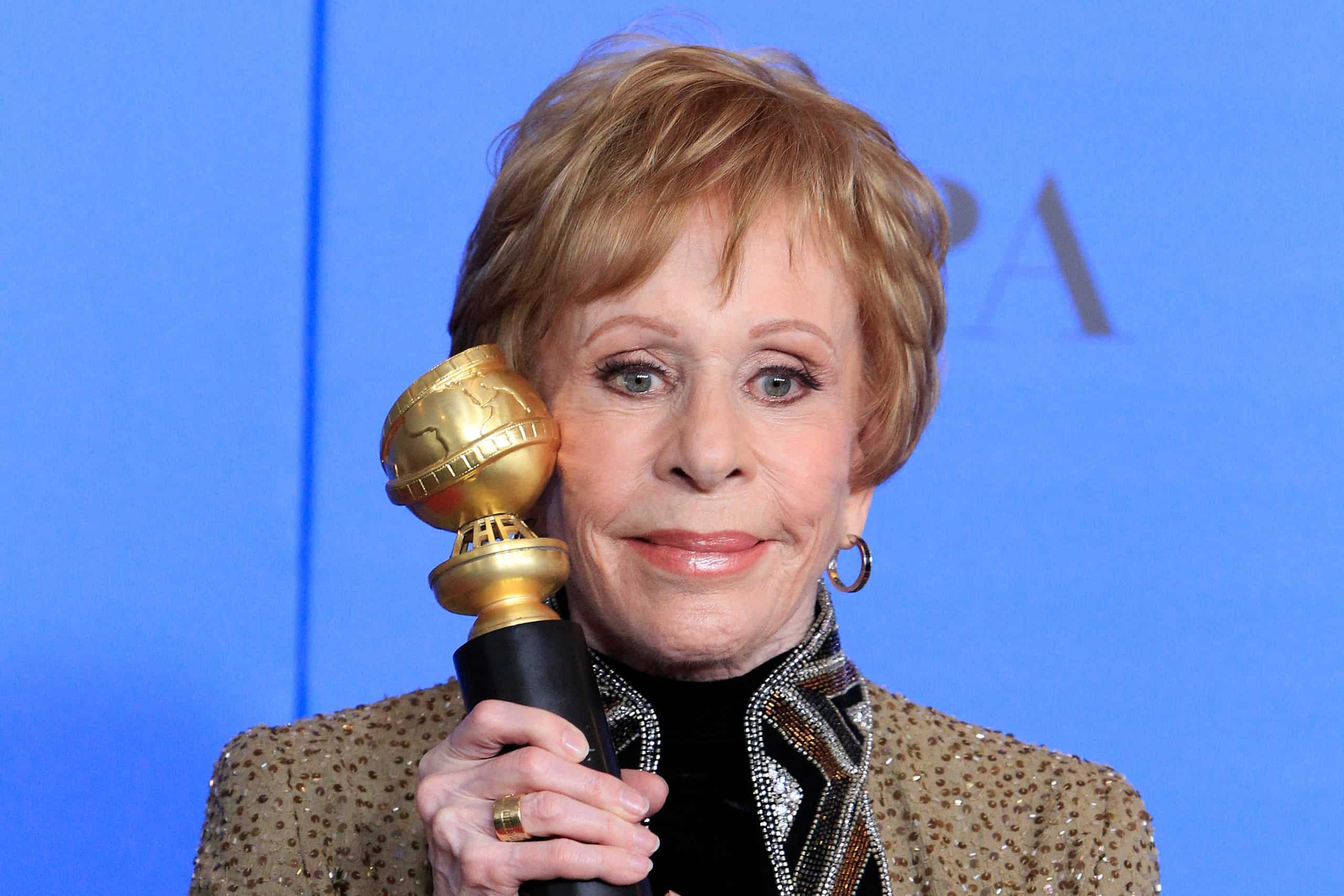
Variety and sketch shows provide a different structure than any other show. Instead of following a stable group of characters throughout their journey, viewers get to see different talents and scenes each week. “The Carol Burnett Show” kept things fresh and entertaining for viewers each week. The show’s success was clear, as it ran for 11 successful seasons from the 1960s to the 1970s.
Some of the most memorable sketches during the show’s run include “As the Stomach Turns.” That was a soap opera parody where Carol Burnett starred as Marian Clayton. Another scene etched in the minds of viewers around the world is “The Queen.” That time, Burnett became Queen Elizabeth II. While still funny, the episode was risky. At the time, the world was still picking up its pieces from World War II and the current Cold War going on with the Soviet Union.
2. “M*A*S*H”
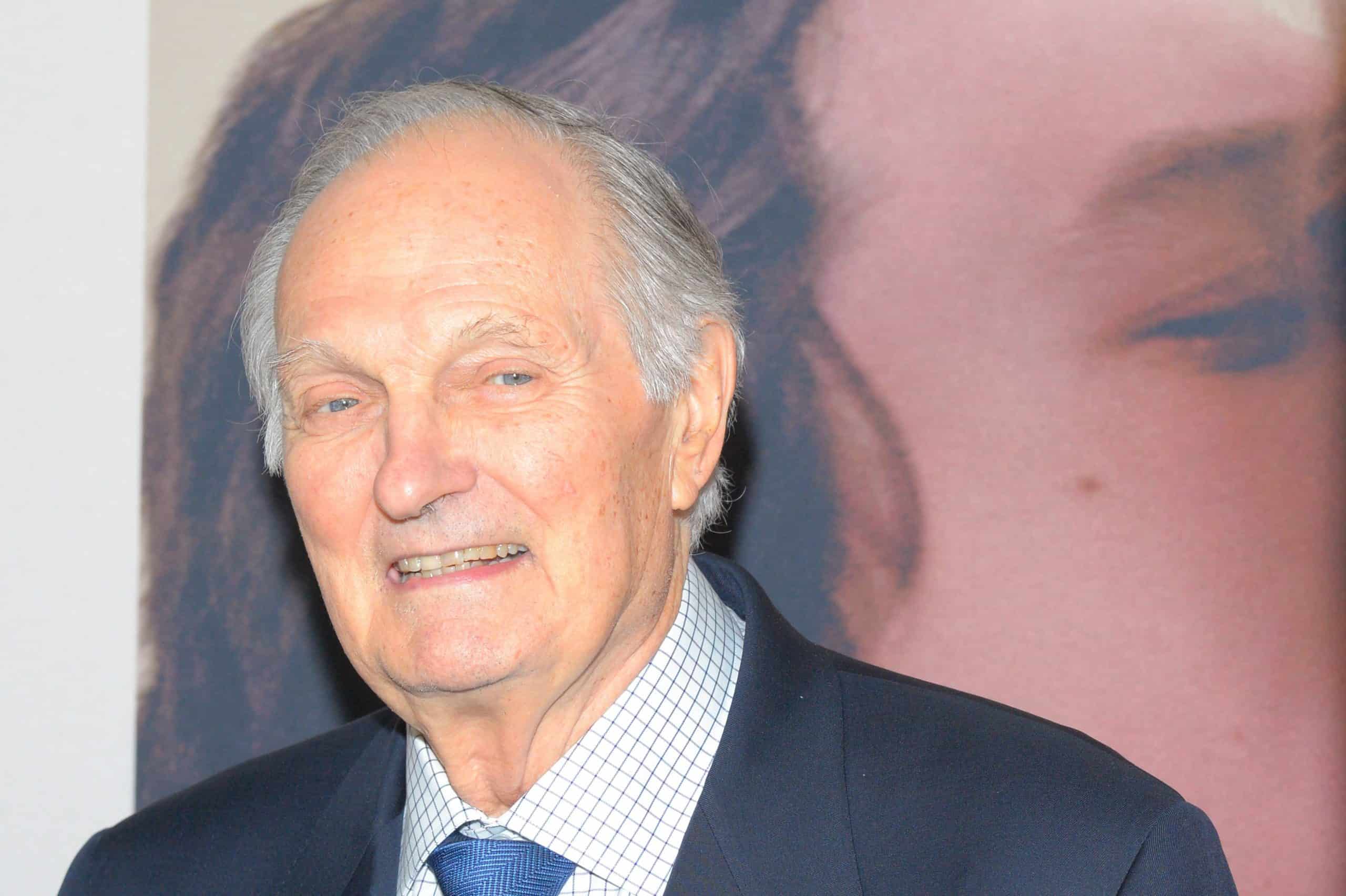
War will always be a fascinating topic to cover. People who have never been in battle want to know what thoughts and emotions run through someone’s head while they’re fighting for their life halfway around the world. Often times, those who have been in battle use writing as a way to open up about the things that they’ve seen during their time. “M*A*S*H” became a memorable television show during the 1970s and 80s for its depiction of battle.
The Korean War was considered an intense battle by people around the globe. It only lasted for three years, but it became a catalyst for fighting in the Vietnam War. The show is a comedy drama about a medical unit helping those in battle during the Korean War. There are plenty of people who regard the show as the greatest of all-time. Multiple sources list “M*A*S*H,” “Mad Men,” and “Breaking Bad” as the top three best TV shows ever created.
3. “The Twilight Zone”
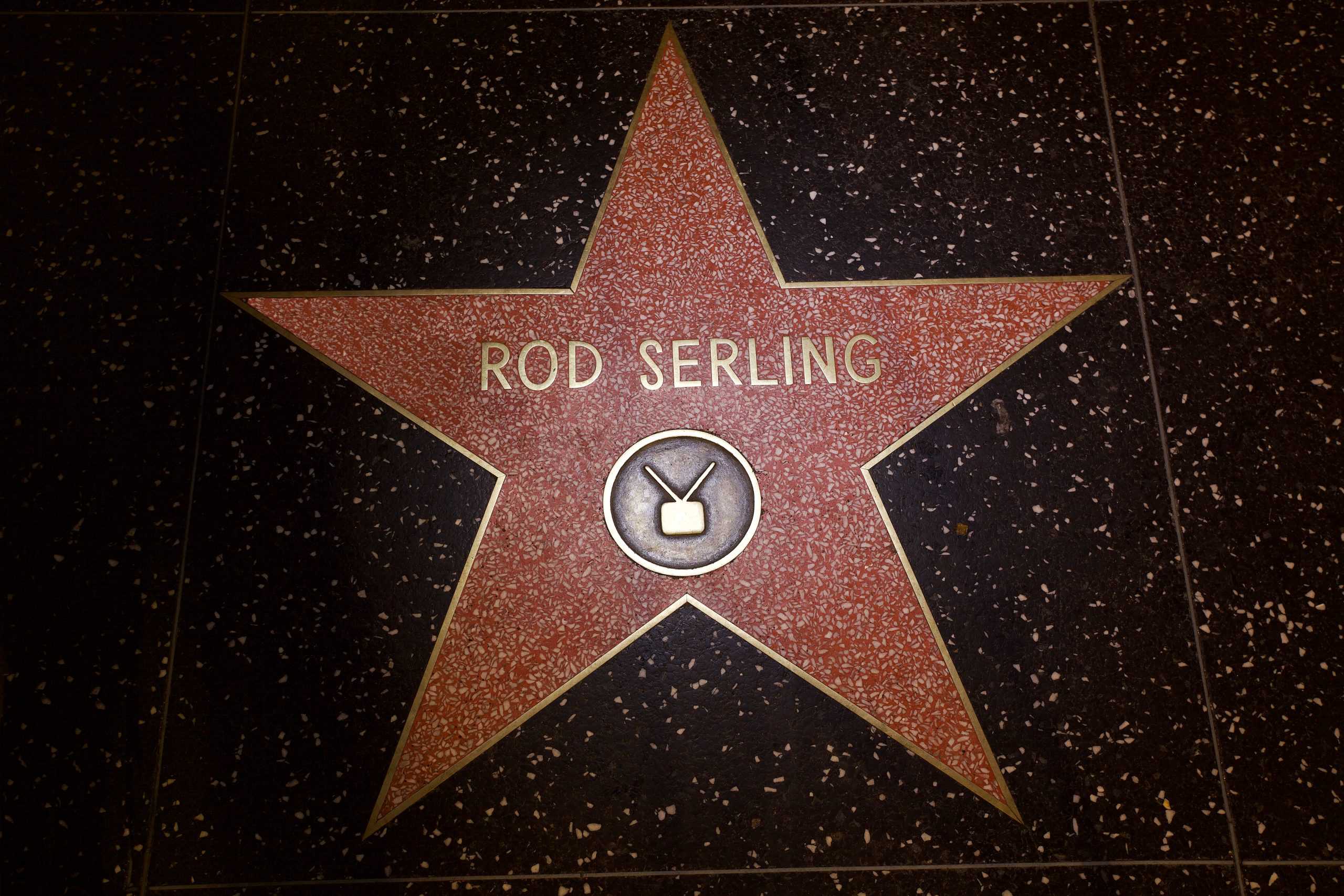
The fear of the supernatural has been around in the minds of many throughout time. “The Twilight Zone” took those beliefs to the next level. Instead of being a consistent show with recurring characters, each episode introduced a new set of characters facing different problems. Most of the problems could be traced back to something out of that world. Fans loved finding new characters to follow to see what would happen next.
While it only lasted for five seasons, there were more than 150 episodes that aired during its run. In 2024, the show “Black Mirror” follows the same type of format as “The Twilight Zone.” Each episode features new characters dealing with different problems. Most of the issues stem from fears of the future or the development of technology. If any baby boomer is looking for a new show to watch that’s like “The Twilight Zone,” give “Black Mirror” a chance.
4. “The Tonight Show With Johnny Carson”
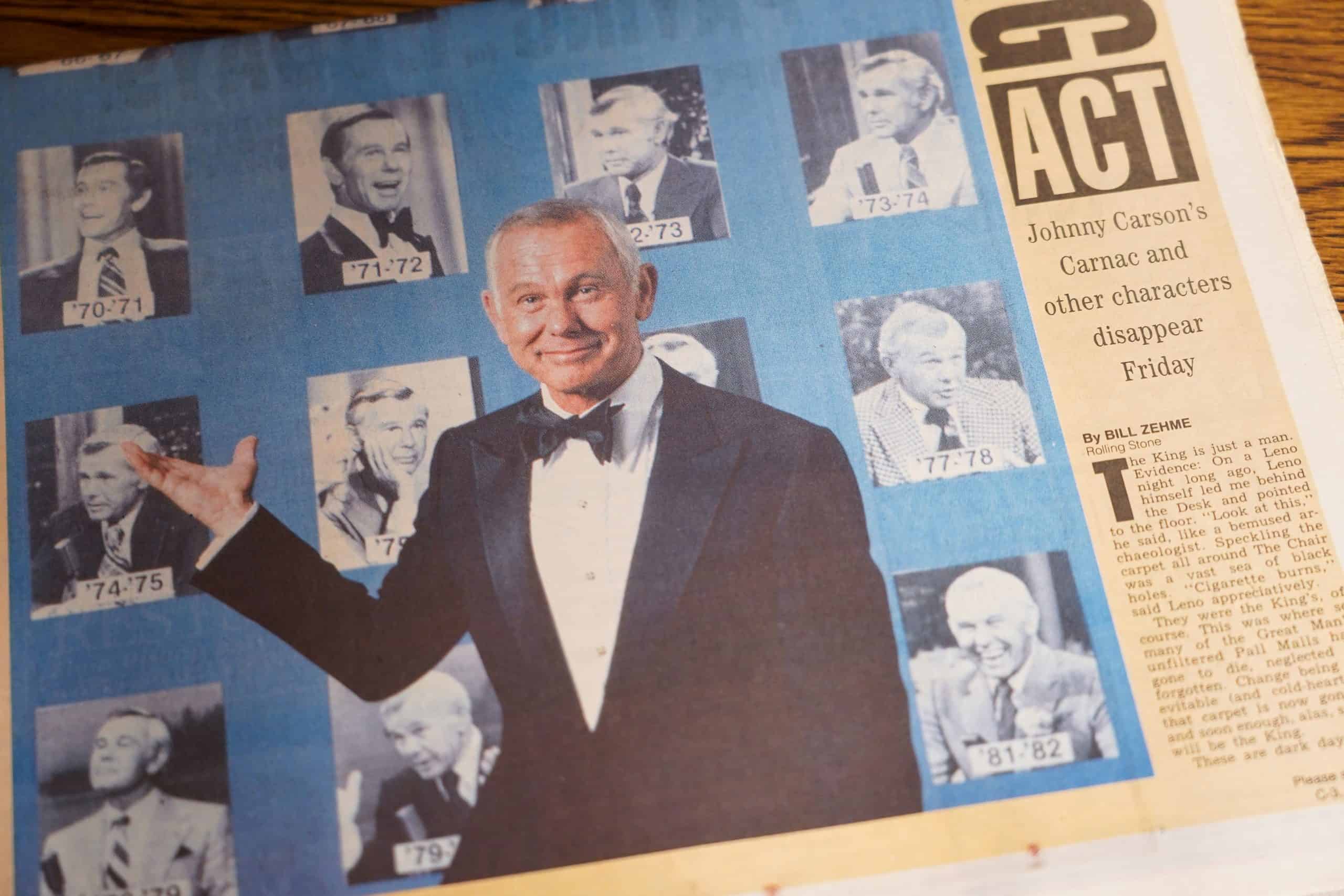
Late-night talk shows are a great way to get insight into what celebrities are like in real life. Often times, people only see celebrities as the characters they play. Johnny Carson did an excellent job of breaking down those barriers and getting celebrities to talk about their personal lives in a funny way. He did so in a manner that seemed relatable to those who were watching from home. If it weren’t for Carson, there might not be late-night talk shows the way society recognizes in 2024. Modern talk shows include “Late Night with Jimmy Fallon,” “Jimmy Kimmel Live!,” and “The Colbert Report.”
Carson first started his show in 1962, and he was the original person to do a format like that. At first, people weren’t sure what to make of it. As time went on, Carson became a regular in nearly everyone’s house from the 1960s to the 1990s. Carson first started off filming in New York City. Eventually, he moved to Los Angeles in the 1970s to be closer to the Hollywood actors and actresses he sought after. Society should thank and appreciate Carson a bit more for what he did for television.
5. “I Love Lucy”
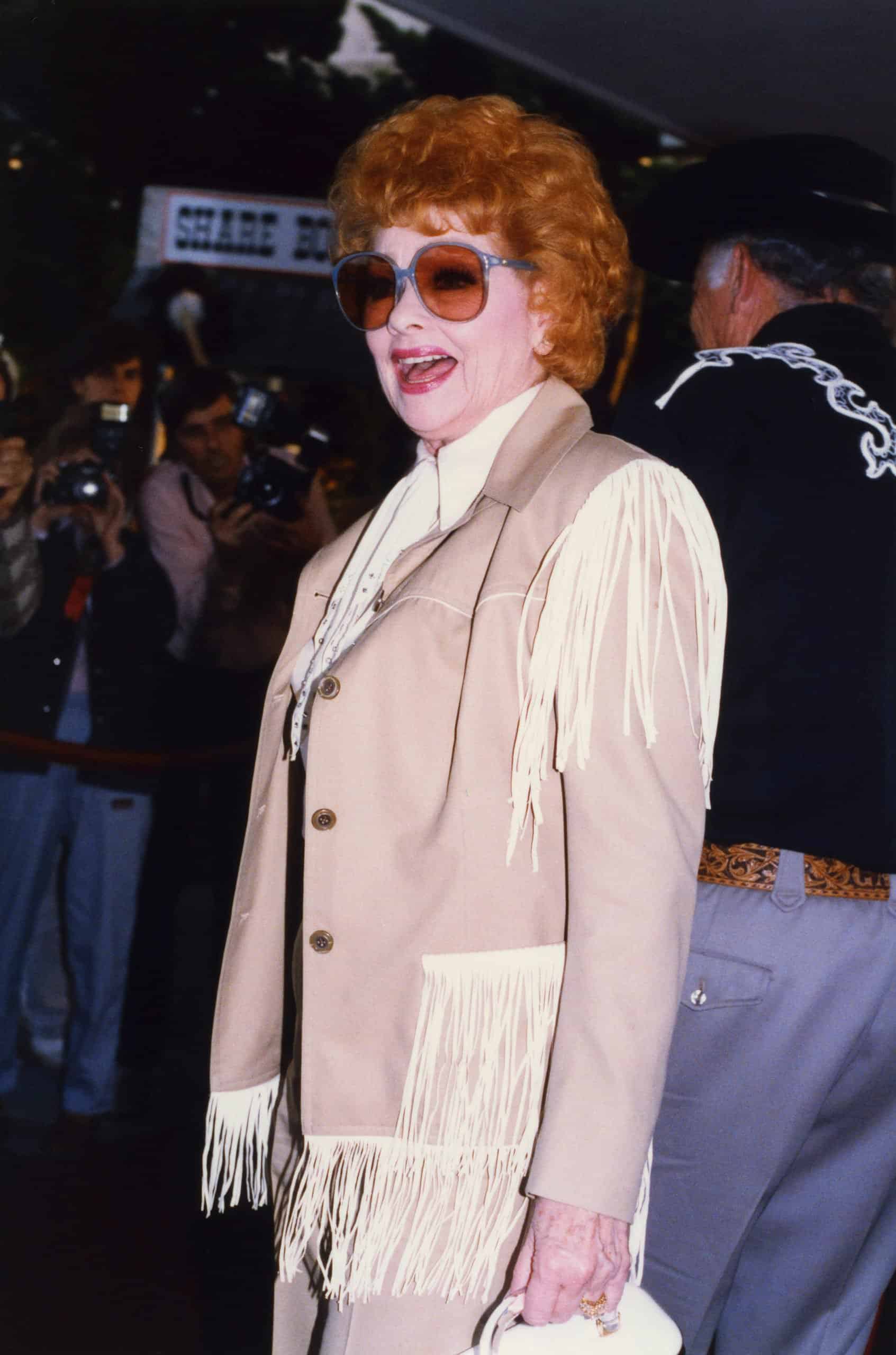
During the 1950s, living as a housewife with a husband who worked to provide for your family was the norm. The show “I Love Lucy” followed Lucy Ball, a housewife who aimed to escape her house as often as she could. Most of the time, she would work alongside her friends Ethel and Fred Mertz. They also happened to be her landlords. In the show, Ball’s goal was to make it as a star in the bright lights of New York City. Her husband, Ricardo, had already made it big.
While Ball wasn’t always shown as the brightest person in the world, she did have a couple of skills that could translate to super stardom. She talked to nearly everyone with a sweet tone that often got her what she wanted. She could also sing and dance better than most. Her main goal was to play an instrument, which was one of the things she wasn’t good at. Today, Ball’s journey is one fans love to follow and cheer for.
6. “The Bob Newhart Show”
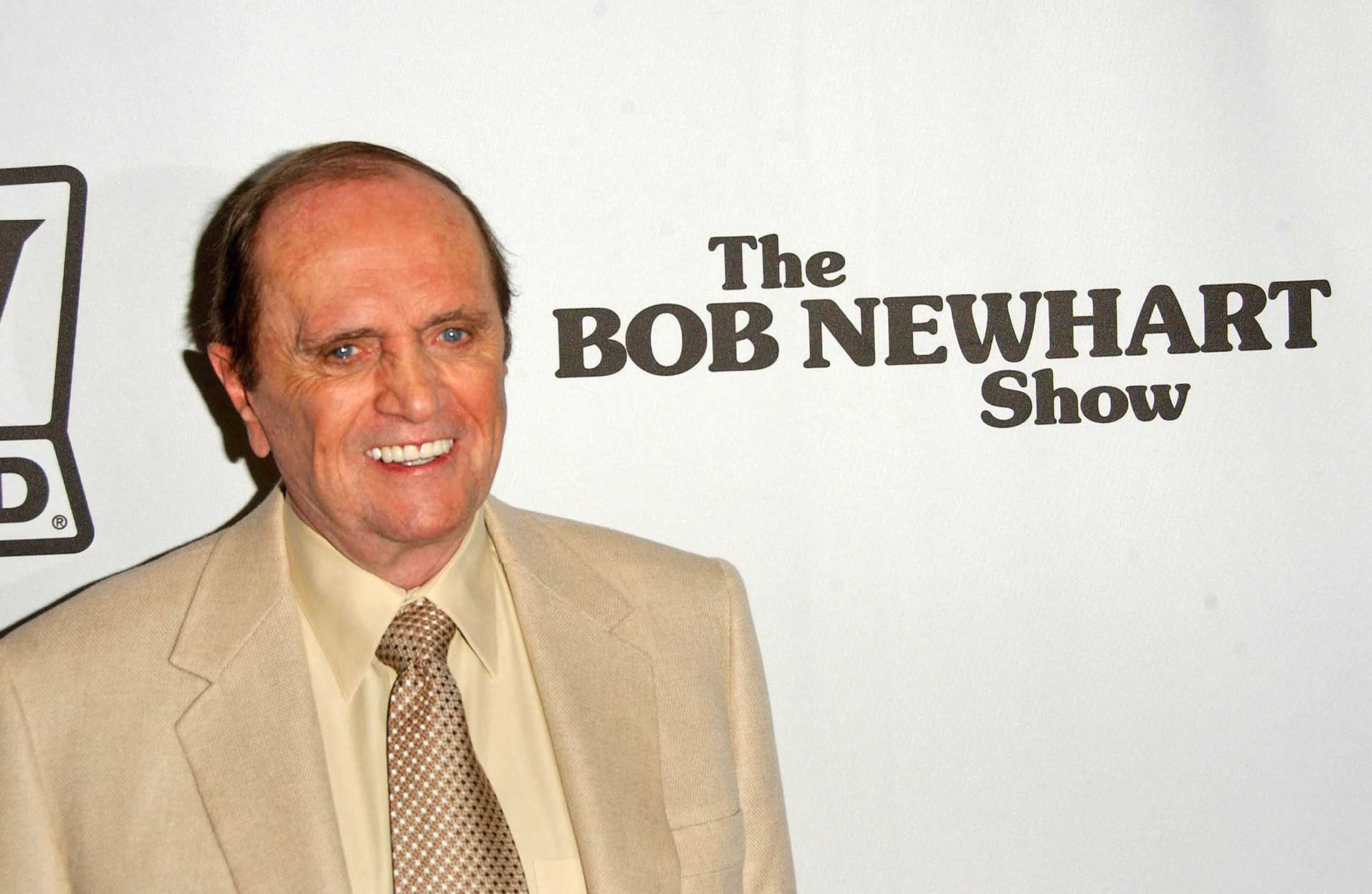
Psychologists have recently grown in popularity given how seriously younger generations are taking their mental health. Before this change in mindset, people of the 70s watched “The Bob Newhart Show.” The comedy followed Bob Hartley, a psychologist from Chicago trying to provide for his family. Often times, he would see the same patients come to his office trying to figure out how to deal with their problems.
At home, Hartley would face his wife and neighbors. His wife, Emily, was supportive of his career. However, she was sarcastic in her remarks towards Hartley whenever he talked about his day or tried to figure out how to help people. One of the most gag moments from the show is that for the first two seasons, Hartley would answer the phone and say “Hello” to start each episode off. That was a way to honor Bob Newhart’s comedy career.
7. “Cheers”
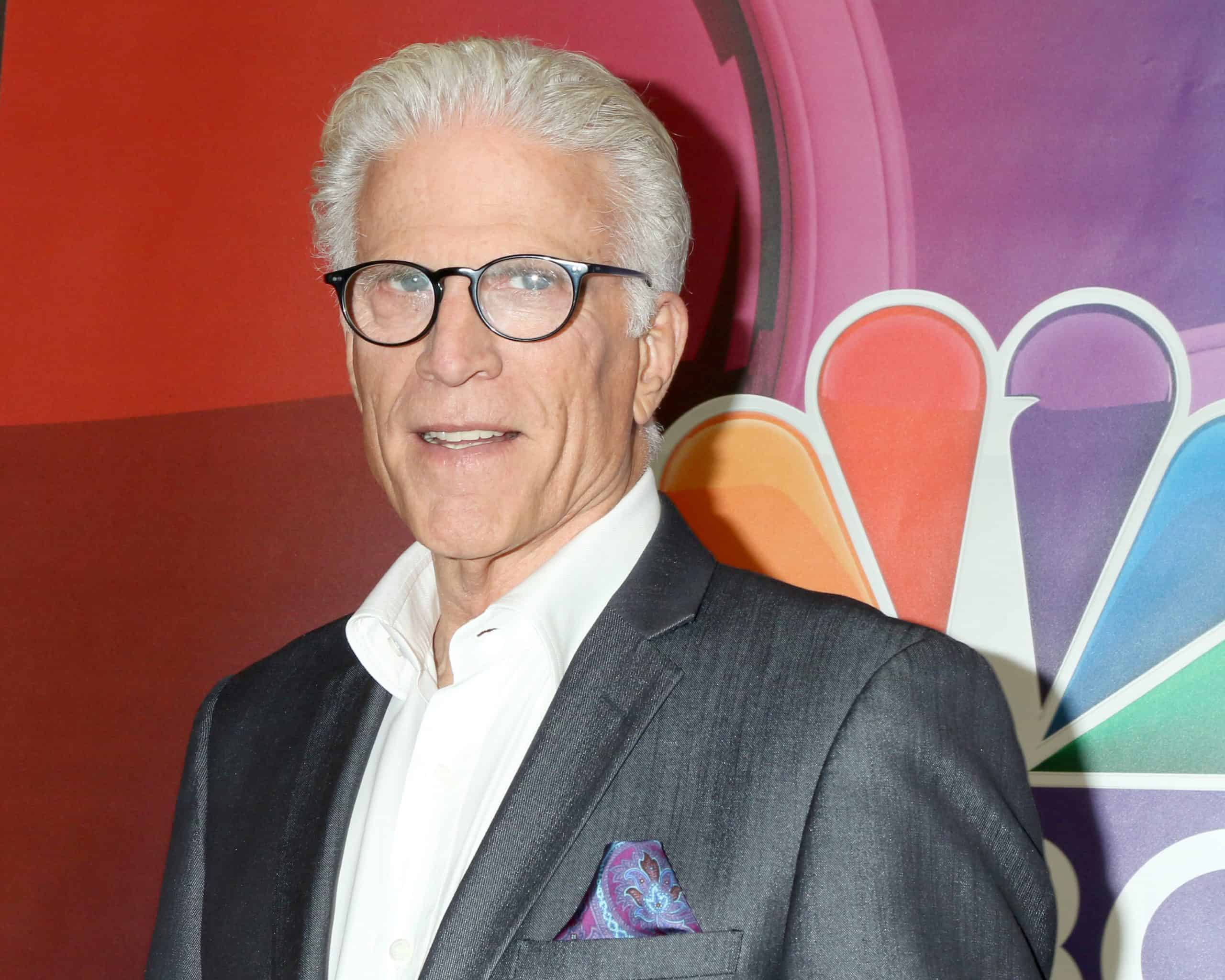
Getting together after work to talk about stresses of the day has been a common activity for the average working class. This has gone on as long as there’s been work to talk about. The show “Cheers” followed a group of friends who worked in different fields. After their days on the job, they’d meet at a bar in Boston and have drinks to discuss what happened in each one’s day. The characters mingled with the staff at the bar and developed friendships with them as well.
During the show’s run, the writers had to figure out what to do with Nicholas Colasanto’s character, Coach Ernie Pantusso. Colasanto died of a heart attack in the 1980s. His death occurred in the middle of Season 3’s filming schedule. Rather than re-cast the character, the writers and producers decided his character should also die of a heart attack. They figured it would only be fitting for his character to die the same way Colasanto did in real life.
8. “The Dick Van Dyke Show”
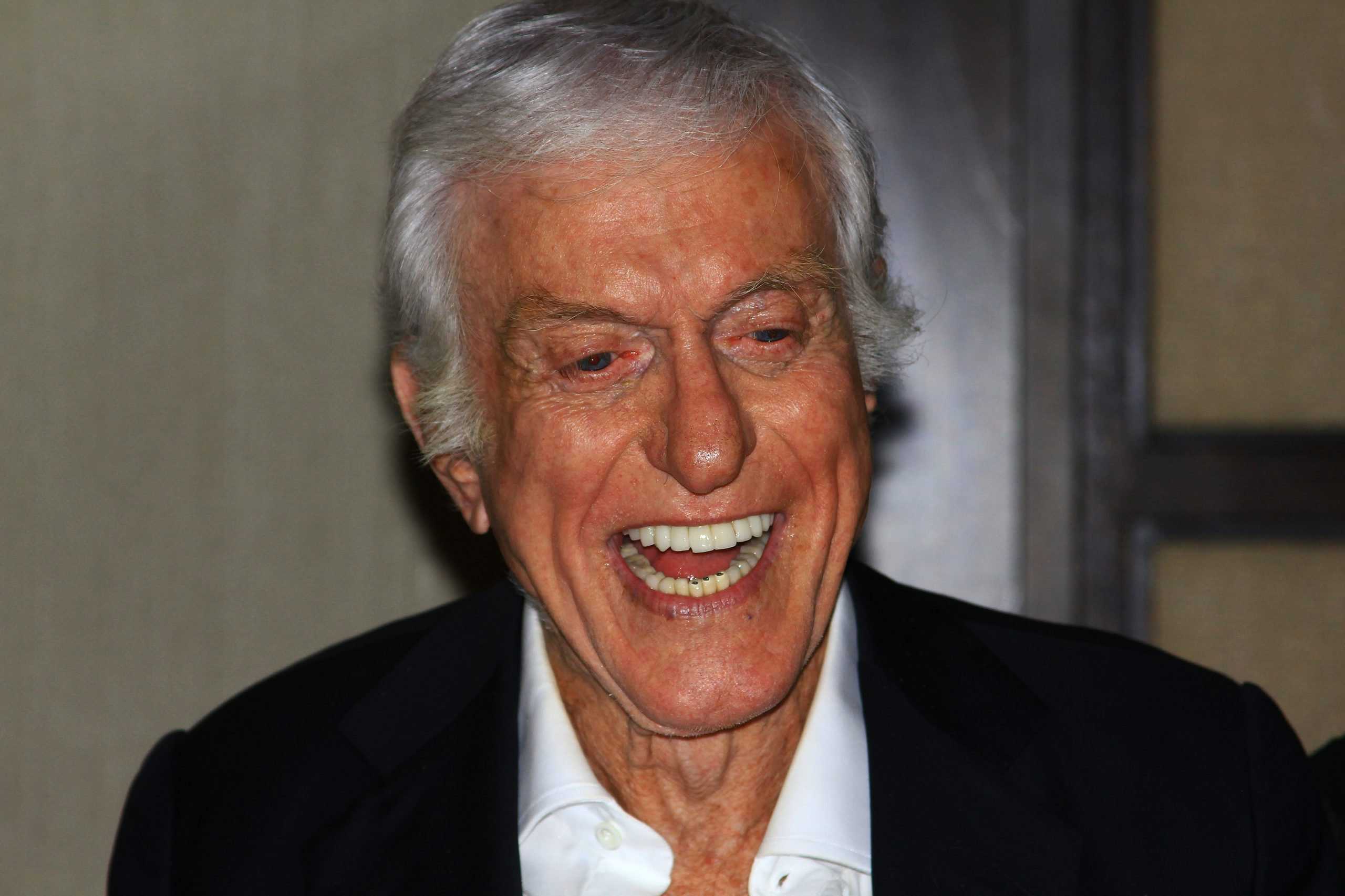
People around the world are interested by the creative process that goes into creating shows. “The Dick Van Dyke Show” takes audiences into a world where they get to experience what it’s like writing and producing a hit TV program. It follows Rob Petrie, a man from New York City who was in charge of writing the fictional “The Alan Brady Show.” During that time, fans watched Petrie go from working alongside star-studded talent to going home at the end of each day.
Petrie dealt with different obstacles that randomly came up during real-life productions of shows. Audiences around the world loved watching Petrie do whatever he needed to in order to make a successful show. A large percentage of the characters on screen were based off of the real-life experiences Dick Van Dyke had in real life while working in show business. “The Dick Van Dyke Show” lasted for five seasons and had more than 150 episodes premiere.
9. “The Andy Griffith Show”
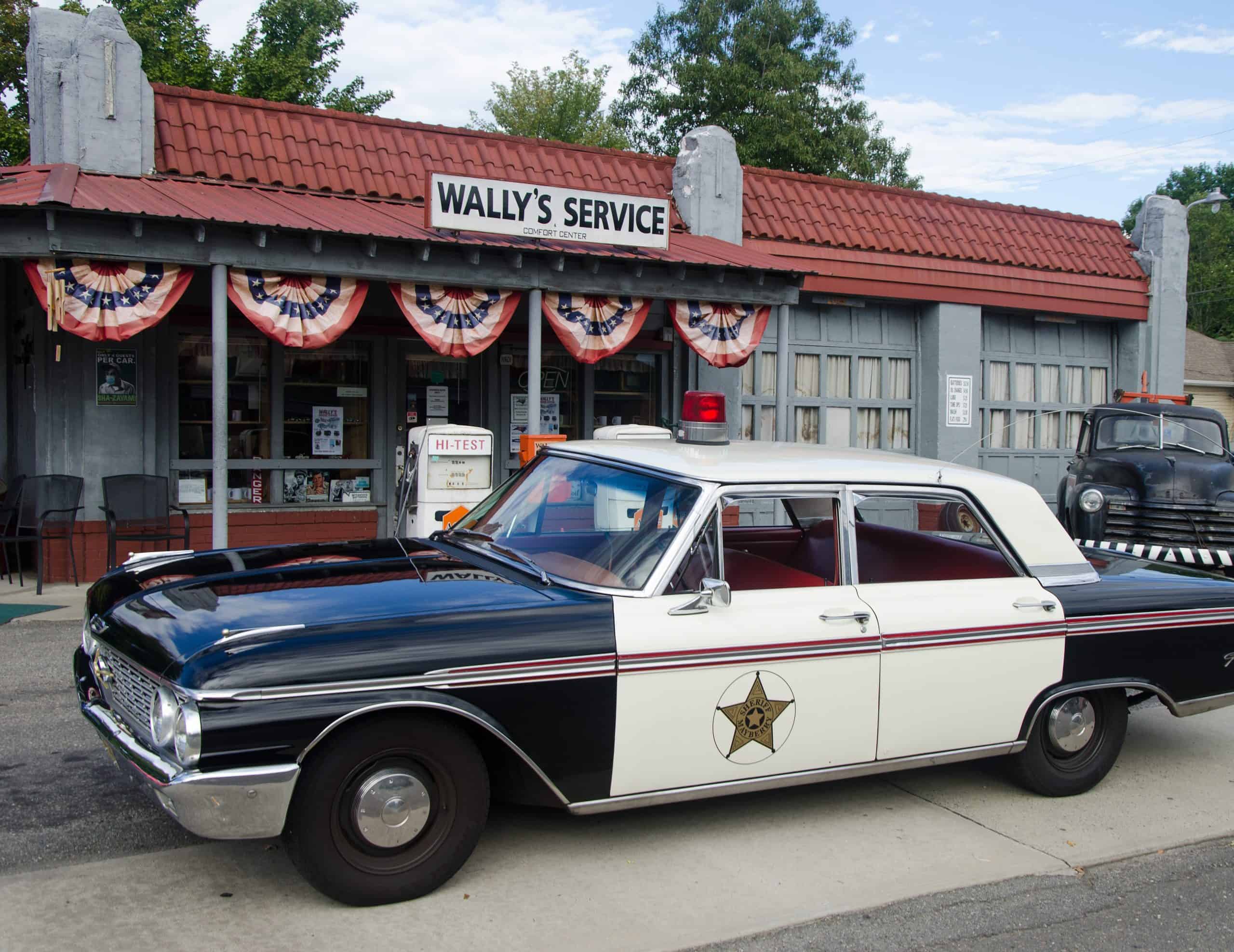
There are stark differences between living in a big city compared to a small town. “The Andy Griffith Show” followed Andy Taylor, the sheriff of a slow-paced town in North Carolina. Taylor was known for letting petty crimes pass by without taking the proper approach. Moonshiners loved seeing Taylor around because they knew he’d let them off easy. When it came to local issues, Taylor was a savant at allowing everyone to get what they wanted.
At home, Taylor was constantly being tested by his son, Opie. His son knew that Taylor was more relaxed than most parents, and he tried to get away with more inappropriate behaviors as he got older. The small-town where Taylor and his family lived provided a unique insight to what it was like living in a place where everyone knew each other. There are pros and cons to that lifestyle, which are all outlined in “The Andy Griffith Show.”
10. “Mork and Mindy”
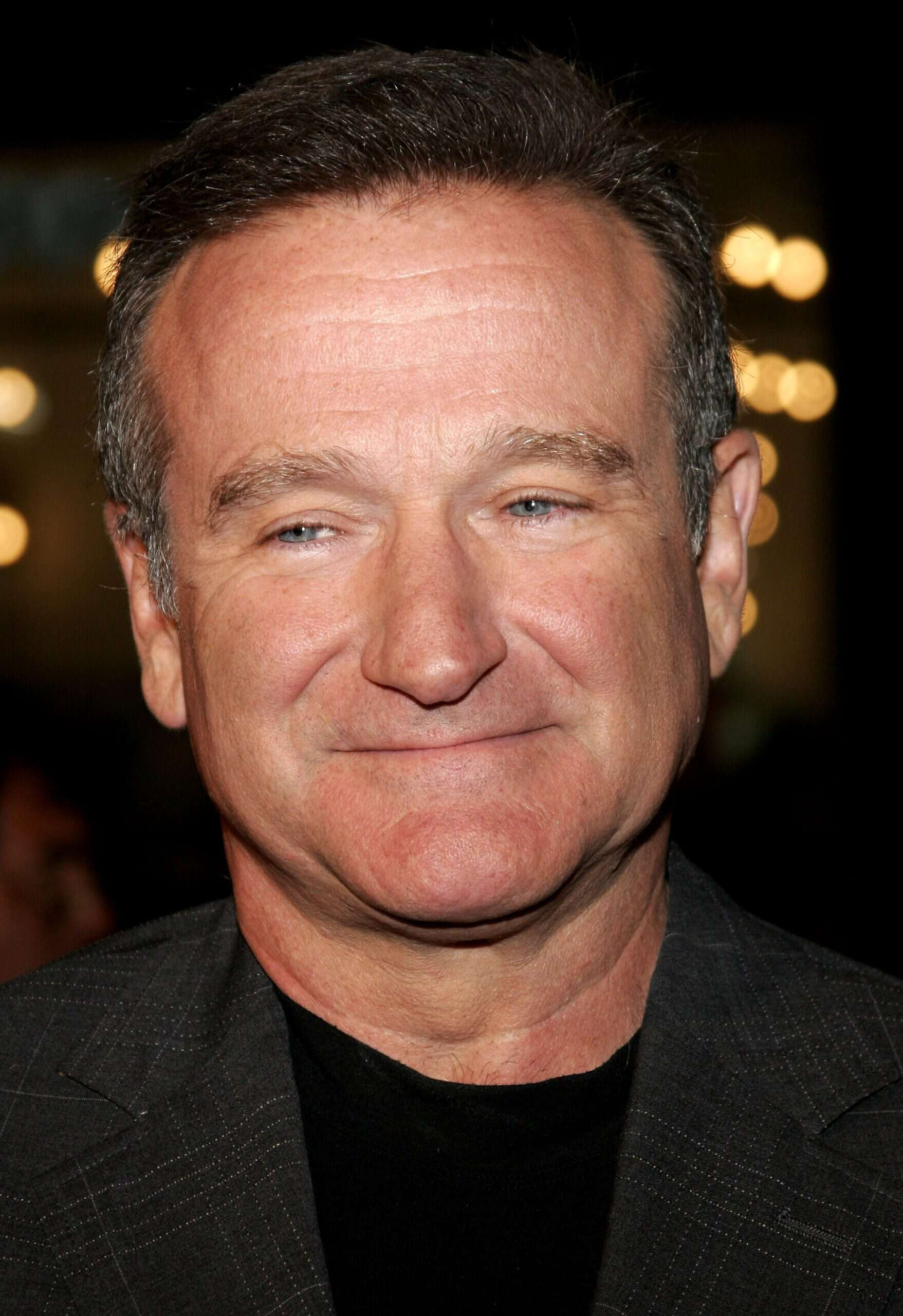
Spin-offs to popular TV shows have been around for a while. “Mork and Mindy” was one of the first shows to catapult into the hearts of viewers thanks to the success of “Happy Days.” Baby boomers remember watching Mork, an extraterrestrial from a planet called Ork who arrived on the show “Happy Days.” What’s amazing to think about is that Mork only appeared in two episodes of the show before getting his own spin-off, which was the “Mork and Mindy” program.
Mork was looking for love and finding his way on a new planet. He moved to Boulder, Colorado, far away from where “Happy Days” took place in Milwaukee. The idea was to run with the popularity of the Star Wars franchise that had just taken off. Mork shot Robin Williams into stardom, as he was an unknown actor when he first took the role. The show lasted for four successful seasons and is a large part of television history.
11. “The Flintstones”
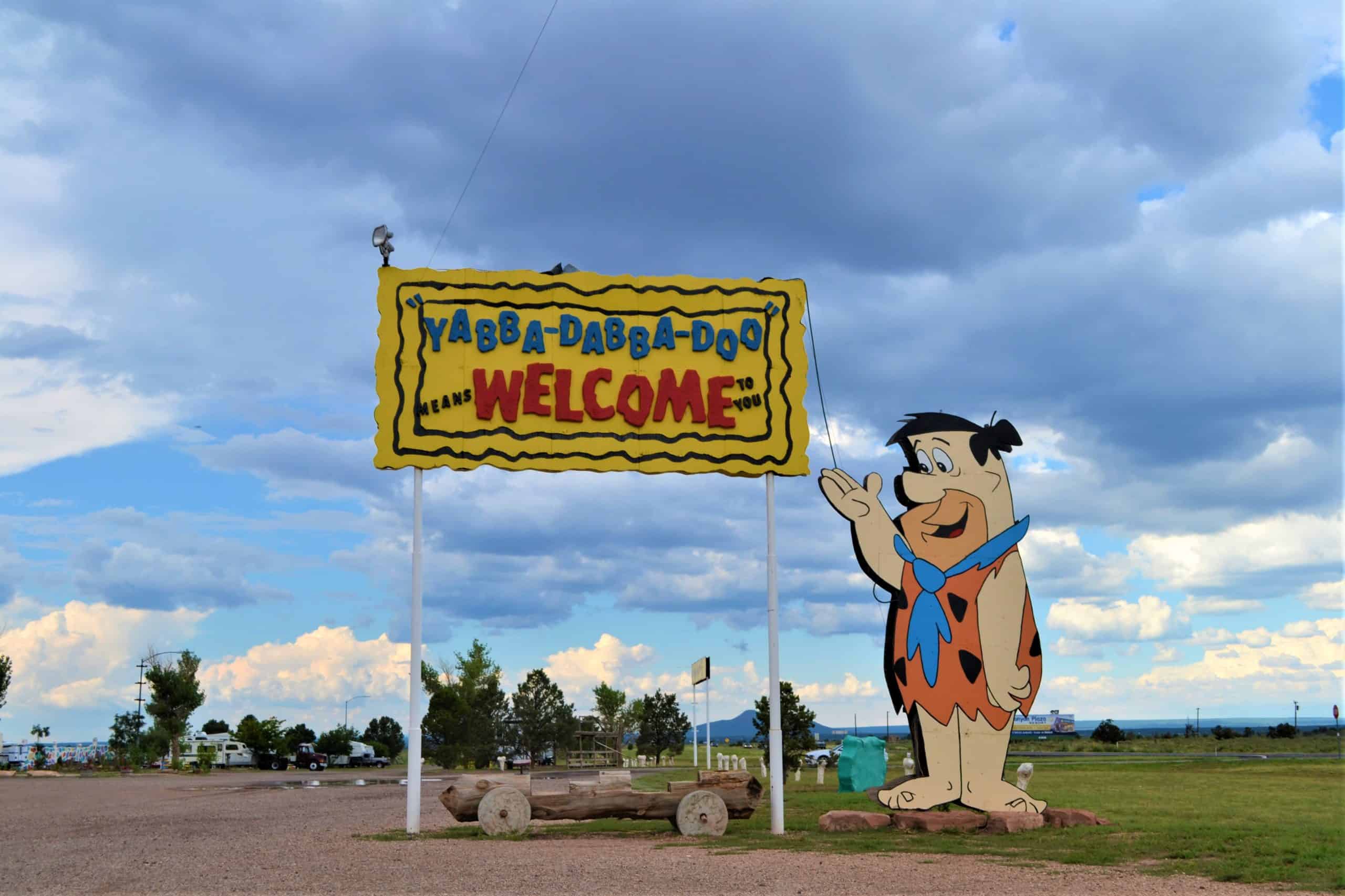
Thinking about what life was like before technology is fascinating to plenty of people around the world. While “The Flintstones” doesn’t provide exact insight into what life was truly like, the show does give audiences ideas. “The Flintstones” depicts lifestyles that might not have been as different as we currently think. Fred Flintstone was a family man who worked hard to provide as much comfort as he could for his family. He had a wife, daughter, and pet dinosaur at home that needed him.
When “The Flintstones” was first released, it was the first animated show to snag a prime-time slot. The success of the show inspired plenty of other animated programs to come out since cartoons were no longer reserved for children. Until the success of “The Simpsons” in the 1990s, “The Flintstones” was the most successful animated show of all-time. In 2024, people still recognize Fred and Wilma Flintstone whenever they appear on a toy or advertisement.
12. “The Jetsons”
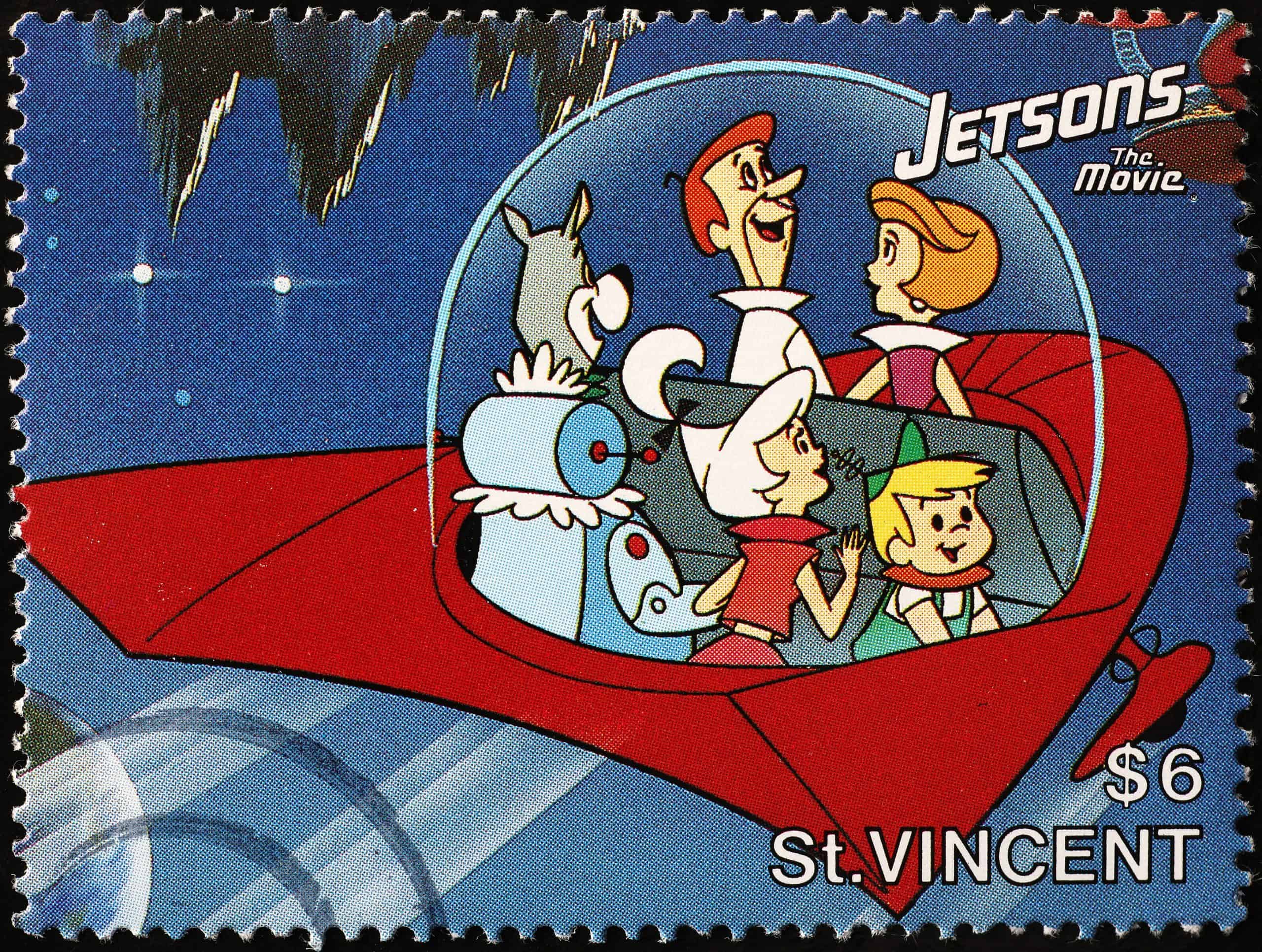
The polar opposite of “The Flintstones” would be “The Jetsons.” Instead of taking place in the prehistoric times, “The Jetsons” followed a family from the future who was always up for adventure. George Jetson was the father and head of the Jetson family. The family lived in Orbit City, a place where the buildings reached as high as they could. It was rare for audiences to see the ground. Back then, that was how people thought the future would look.
Instead of putting in hours of work the way people used to do, “The Jetsons” figured that technology would become so advanced that employees would have to do minimal work to get the job done. Jetson was tasked to work an hour a day for two days per week. That was all that was needed from him, yet Jetson still found time to complain and be annoyed at his job. Even with all of the advances in technology, the people of Orbit City wanted more.
13. “The Bugs Bunny Show”
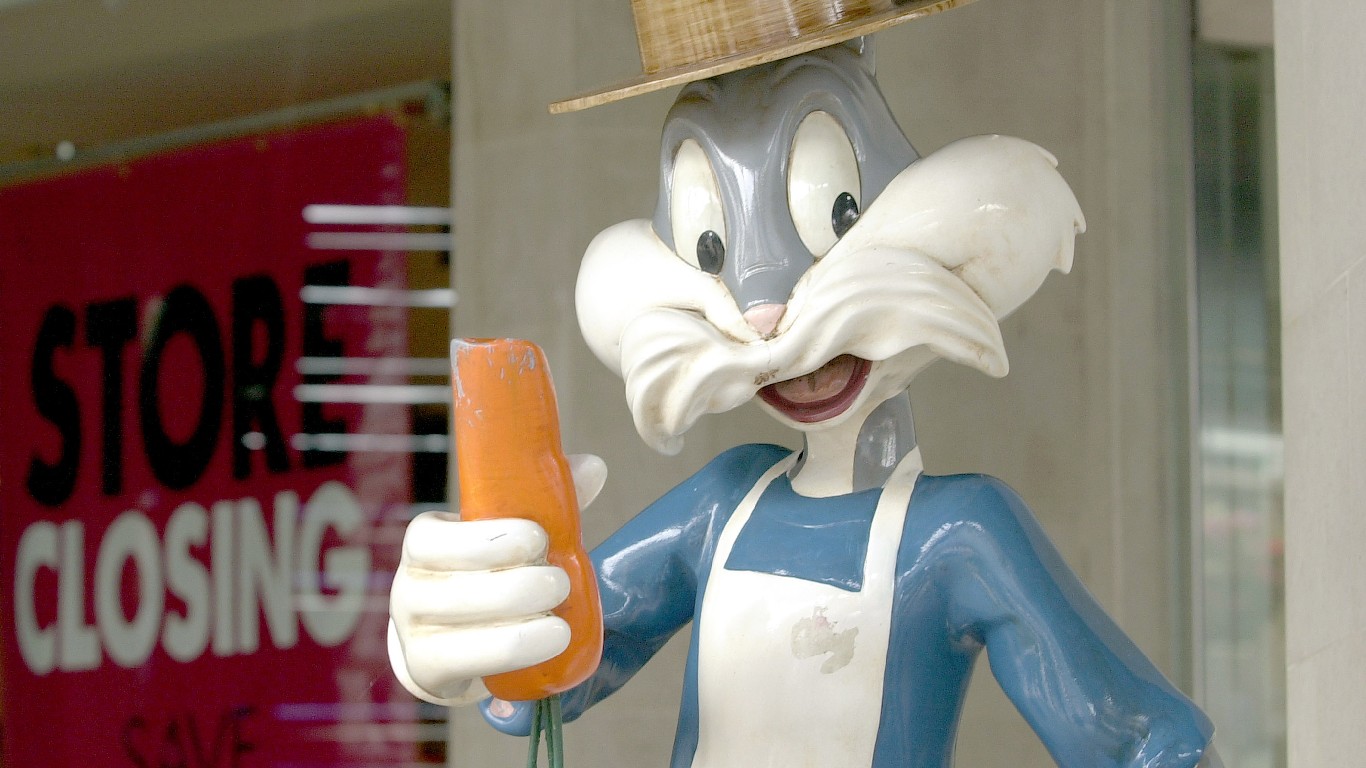
Another top-tier show in animation history is “The Bugs Bunny Show.” Starting in the 1940s, “The Bugs Bunny Show” followed Bugs Bunny and the Looney Tunes bunch on their adventures around town. The show was the catalyst for what fans would think of when the phrase “Saturday morning cartoons” became popularized. Instead of following an exact storyline like most shows do, “The Bugs Bunny Show” found new ways for Bugs Bunny to have crazy adventures.
Over time, the program tried to move to a prime-time slot for families to watch together. While it was successful, it didn’t have the same allure that people had gotten used to. Waking up on the weekend and rushing to the television set was a magical part of childhood many baby boomers haven’t forgotten. Tons of baby boomers are grateful to have experienced Saturday morning cartoons. In 2024, there are more shows that air on Saturday mornings that fans can’t get into. Having fewer options was one of the reasons viewers were so into “The Bugs Bunny Show.”
14. “All in the Family”
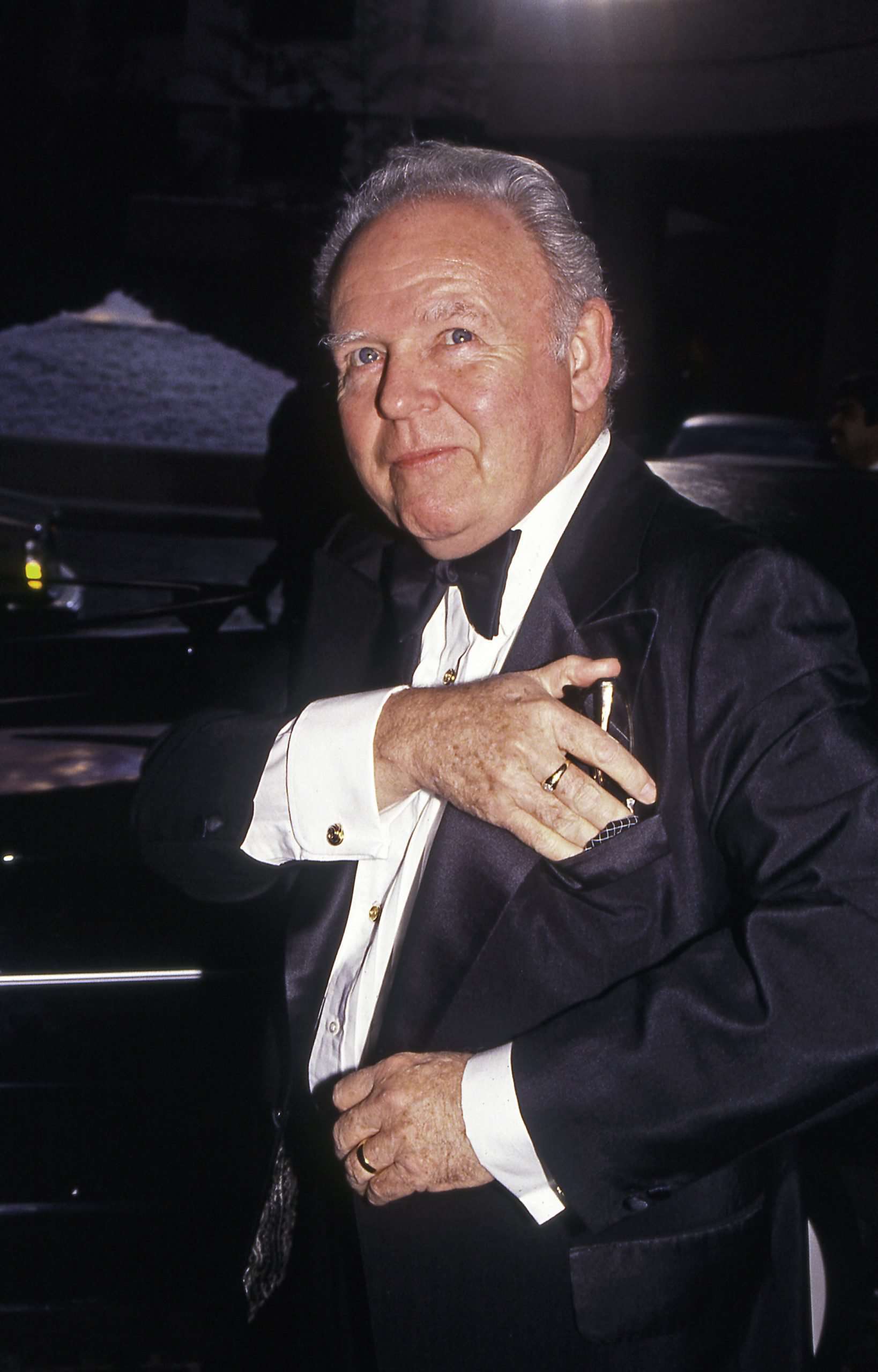
Tackling controversial issues like racism and sexism was a bold thing to do in the 1970s. “All in the Family” took a chance and ran with it as best they could. The show became successful because it premiered at a time when the love and peace movement was starting to take shape. The show followed a white family who lived in the working-class section of New York City. Since individuals with different backgrounds lived there, it was natural for the characters to come across people with varied life experiences. The main character, Archie Bunker, was known for his sexist and racist views.
He was willing to openly share his bigotry whenever he felt like it. His wife and daughter were sweet people with good intentions at heart, but they struggled with addressing how Bunker treated other people. The show encouraged older generations at the time to reflect on their beliefs. There are plenty of people around the globe who credit “All in the Family” with helping their prejudiced family members move past their troubling beliefs. For more baby boomer content, click here to read about the quintessential traits of the baby boomer generation.